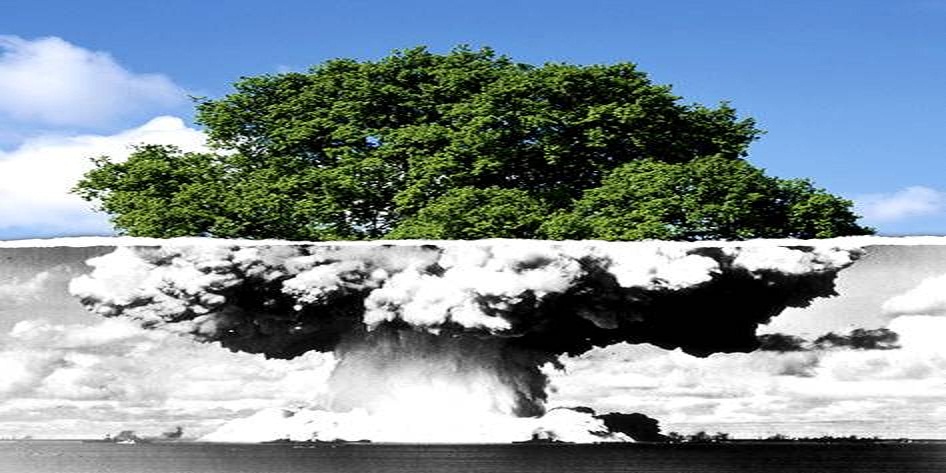(In fact, nuclear energy starts with Albert Einstein—his classic formula, E = mc^2 actually describes how much energy is released when an atom is split. It’s a lot. To put it in perspective, the energy contained in a pound of uranium used for nuclear fuel (i.e., enriched) is equal to roughly one million gallons of gasoline.)
However, when most people think of nuclear energy, they recall the 1979 Three Mile Island accident in Pennsylvania or the 1986 tragedy involving a Soviet era RBMK reactor at Chernobyl which resulted in an uncontrollable runaway reaction causing a steam break/explosion. Chernobyl became the worst nuclear power disaster ever to occur and has dramatically impacted the public's perception of nuclear power safety. In fact, fears of repeats of these accidents, safety concerns, disputes over storage of nuclear waste, and a web of government regulations has limited nuclear power plant developments over the past 25 years. The last new nuclear plant in the U.S. was commissioned in 1996.
Across countries, nucleur’s prevalence is widely variable— some countries, such as France, generate as much as 80% of their electricity from nuclear power, while others, such as Austria, Sweden, and Italy, have banned nuclear generation as a result of safety concerns or public fears.
Moreover, nuclear power has witnessed a recent renaissance, due to China's rising demand for energy, fears over greenhouse gas emissions, and rising prices for alternatives natural gas and coal. Nuclear energy is not based on fossil fuels, and therefore emits fewer greenhouse gases than competitors coal and natural gas, even accounting for its lifecycle emissions, which include the costs of constructing the plant, transporting the fuel, etc. Moreover, nuclear energy is not as exposed to price fluctuations in oil and natural gas, since uranium and plutonium are used to fuel nuclear plants.



gud info.thx
ReplyDeleteGood first post.
ReplyDelete